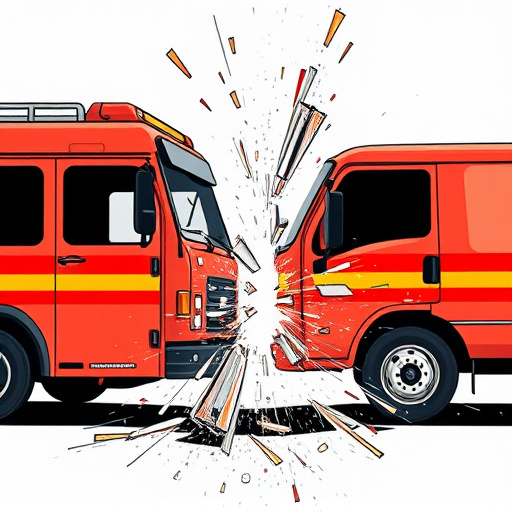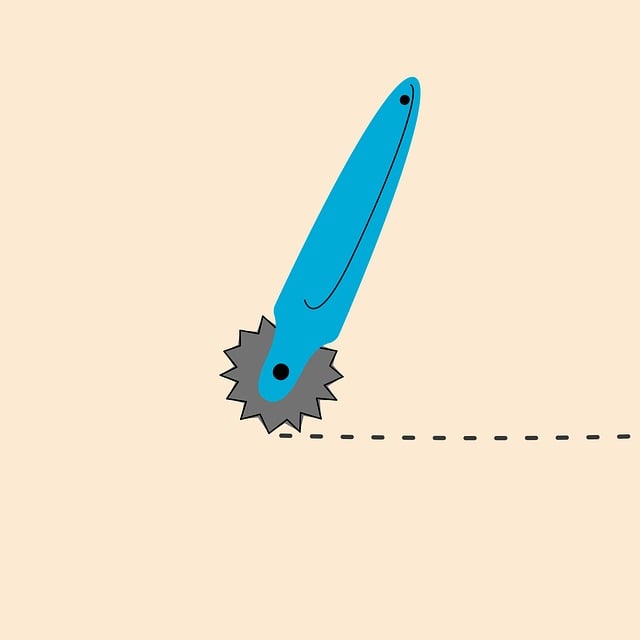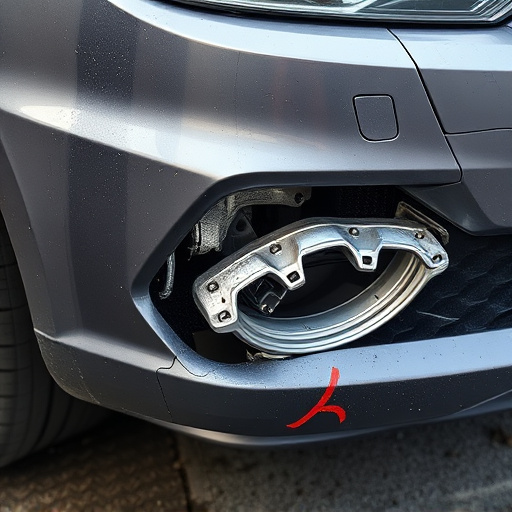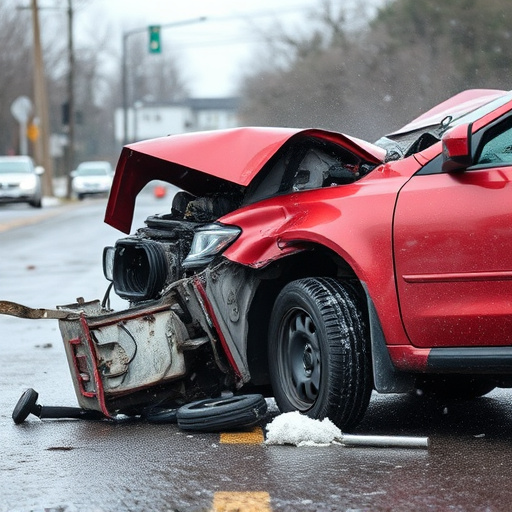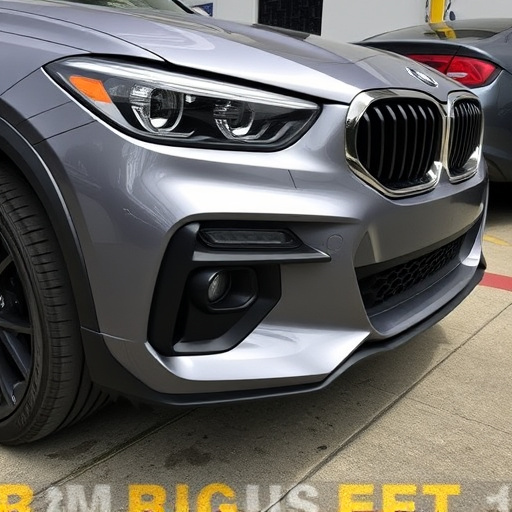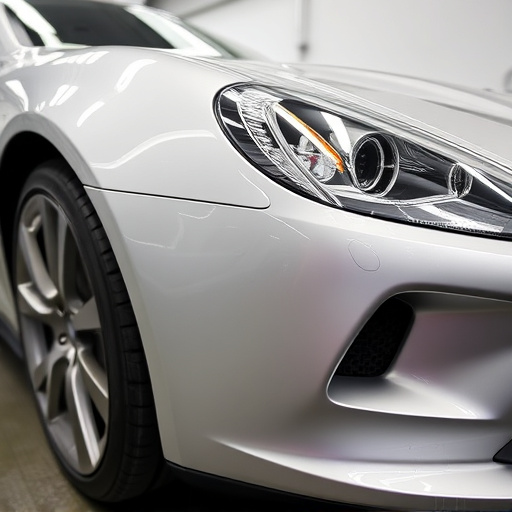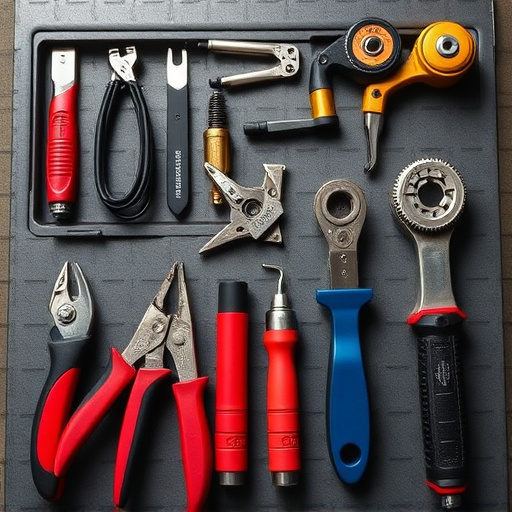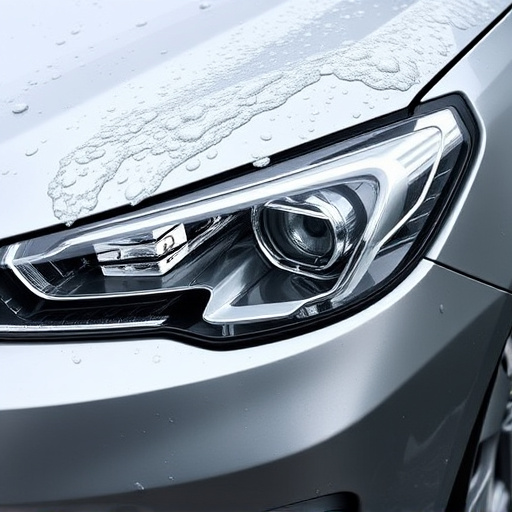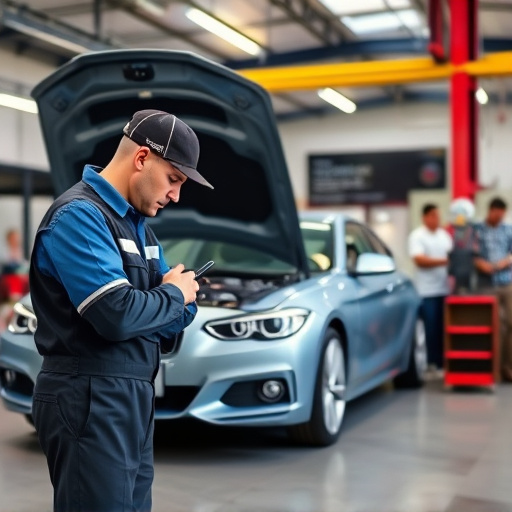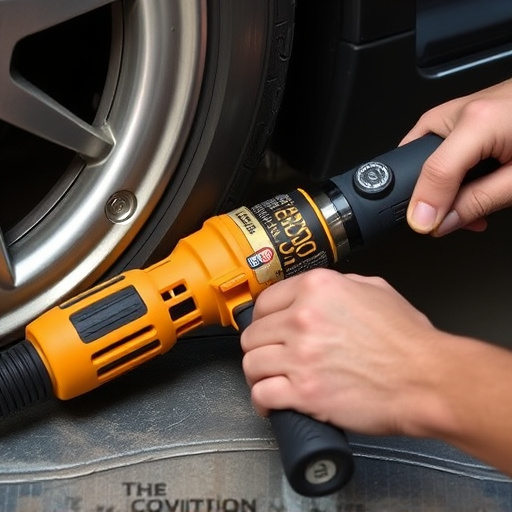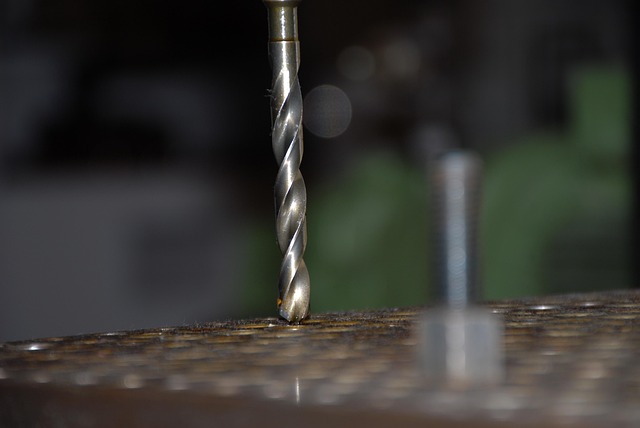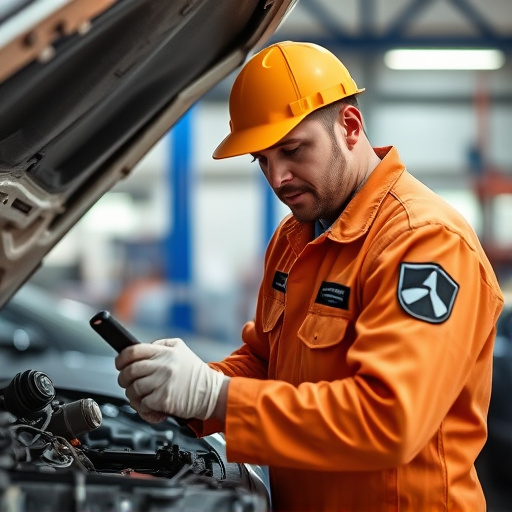Advanced welding techniques like laser and robotic welding transform car damage repairs, offering unparalleled precision, cleaner welds, reduced waste, and faster turnaround times. These methods ensure superior structural integrity, enhance operational efficiency, and foster brand loyalty through positive customer experiences, particularly in complex fender repair scenarios and restoration of vintage vehicles.
In today’s world, advanced welding techniques are revolutionizing repair processes. These innovative methods offer unparalleled precision and quality, ensuring durable and reliable results. Beyond enhancing aesthetics, they significantly boost efficiency, cut costs, and unlock complex repairs once considered impossible. From intricate metalwork to challenging projects, advanced welding provides solutions that surpass traditional methods. This article explores how these techniques are transforming the repair landscape, offering a glimpse into a future where precision, efficiency, and complex repairs go hand in hand.
- Enhancing Precision and Quality with Advanced Welding
- Increased Efficiency and Reduced Costs for Repairs
- Unlocking Complex Repairs: Techniques for Challenging Projects
Enhancing Precision and Quality with Advanced Welding
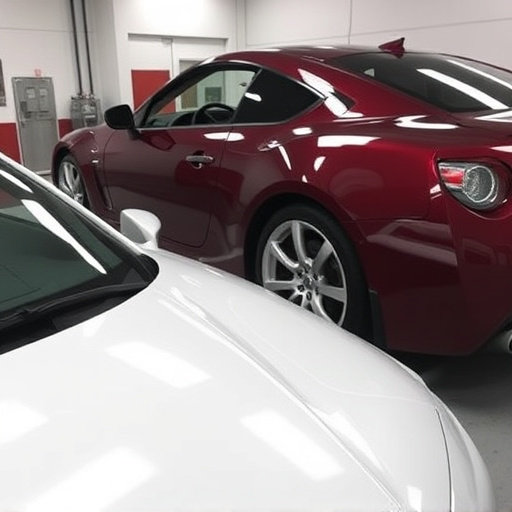
Advanced welding techniques offer immense benefits when it comes to enhancing precision and quality in repairs, particularly in sectors like fender repair and vehicle bodywork. Traditional methods often struggle with maintaining consistent accuracy, especially on intricate components. However, modern advanced welding techniques, such as laser and robotic welding, employ highly precise equipment that ensures exacting alignment and fusion points. This results in cleaner, stronger welds that closely mimic the original structure, significantly improving the overall quality of car damage repair and vehicle bodywork.
Moreover, these advanced methods allow for greater control over factors like heat input and travel speed, minimizing the risk of burn-through or over-welding. The precision afforded by these techniques not only streamlines the repair process but also reduces material waste, making them more cost-effective solutions. This is especially beneficial in complex fender repair scenarios where maintaining the aesthetic integrity and structural soundness of a vehicle’s body is paramount.
Increased Efficiency and Reduced Costs for Repairs
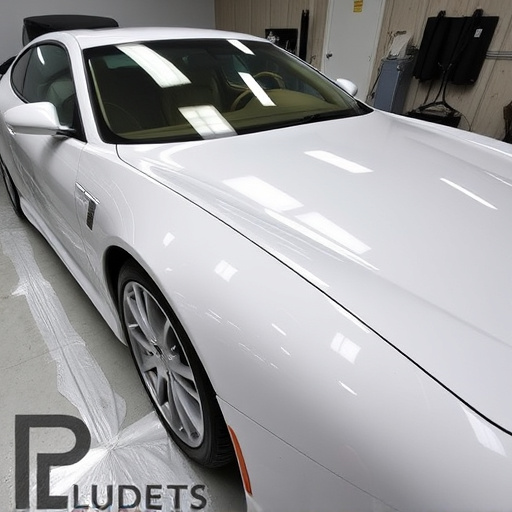
The adoption of advanced welding techniques can significantly streamline the repair process in car body shops and collision repair facilities. These innovative methods are designed to be faster and more precise than traditional welding practices, allowing repairs to be completed in a fraction of the time. Increased efficiency translates directly into reduced labor costs for auto painting and collision repair shop operations, making it an attractive option for businesses looking to optimize their bottom line.
Furthermore, advanced welding techniques can lead to longer-lasting and more structurally sound repairs. The precision and accuracy inherent in these methods ensure that welds are consistent, strong, and aligned correctly, resulting in a superior final product. This not only improves the safety of repaired vehicles but also boosts customer satisfaction, fostering loyalty and positive word-of-mouth recommendations for the shop.
Unlocking Complex Repairs: Techniques for Challenging Projects
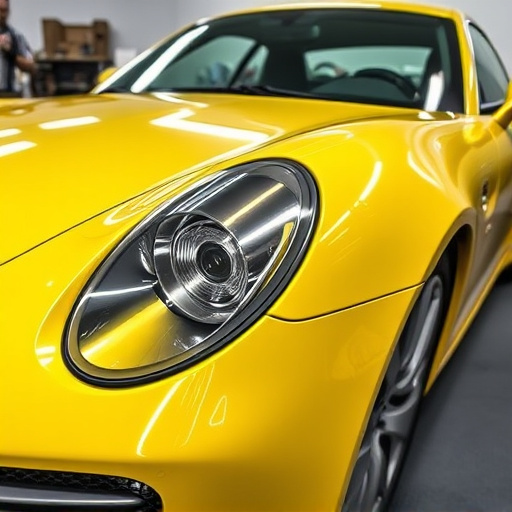
In the realm of automotive body shop services, advanced welding techniques have emerged as a game-changer for complex repairs. Traditional methods often struggle with intricate designs and delicate materials, but modern approaches offer solutions that were once thought impossible. These techniques, such as laser welding and robotic automation, enable precise cuts and seamless fusions, ideal for collision damage repair. By employing these advanced tools, automotive body shops can restore vehicles to their original state, preserving the vehicle’s structural integrity and aesthetic appeal.
Challenging projects, like repairing intricate car components or restoring vintage vehicles, require specialized skills and knowledge. Advanced welding techniques empower technicians to navigate labyrinthine designs with ease. They ensure that every joint is secure, every panel perfectly aligned, and no remnant of damage remains. This level of craftsmanship not only enhances the safety of the vehicle but also ensures customers are satisfied with the outcome, fostering trust in the collision damage repair process.
Advanced welding techniques are transforming repair processes, offering enhanced precision, increased efficiency, and cost reduction. These innovative methods enable repairs of complex structures that were previously considered challenging or impossible. By adopting these advanced techniques, industries can achieve higher quality outcomes while streamlining their operations, ultimately making them more competitive in today’s market.

